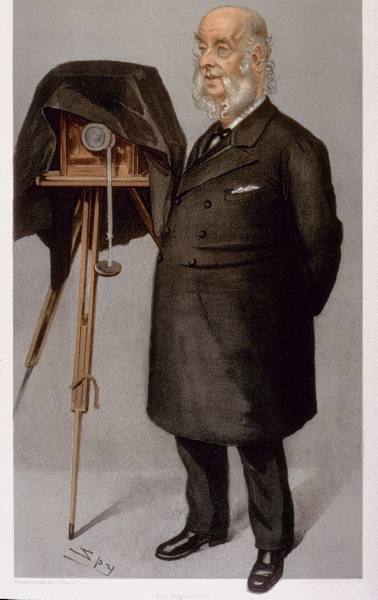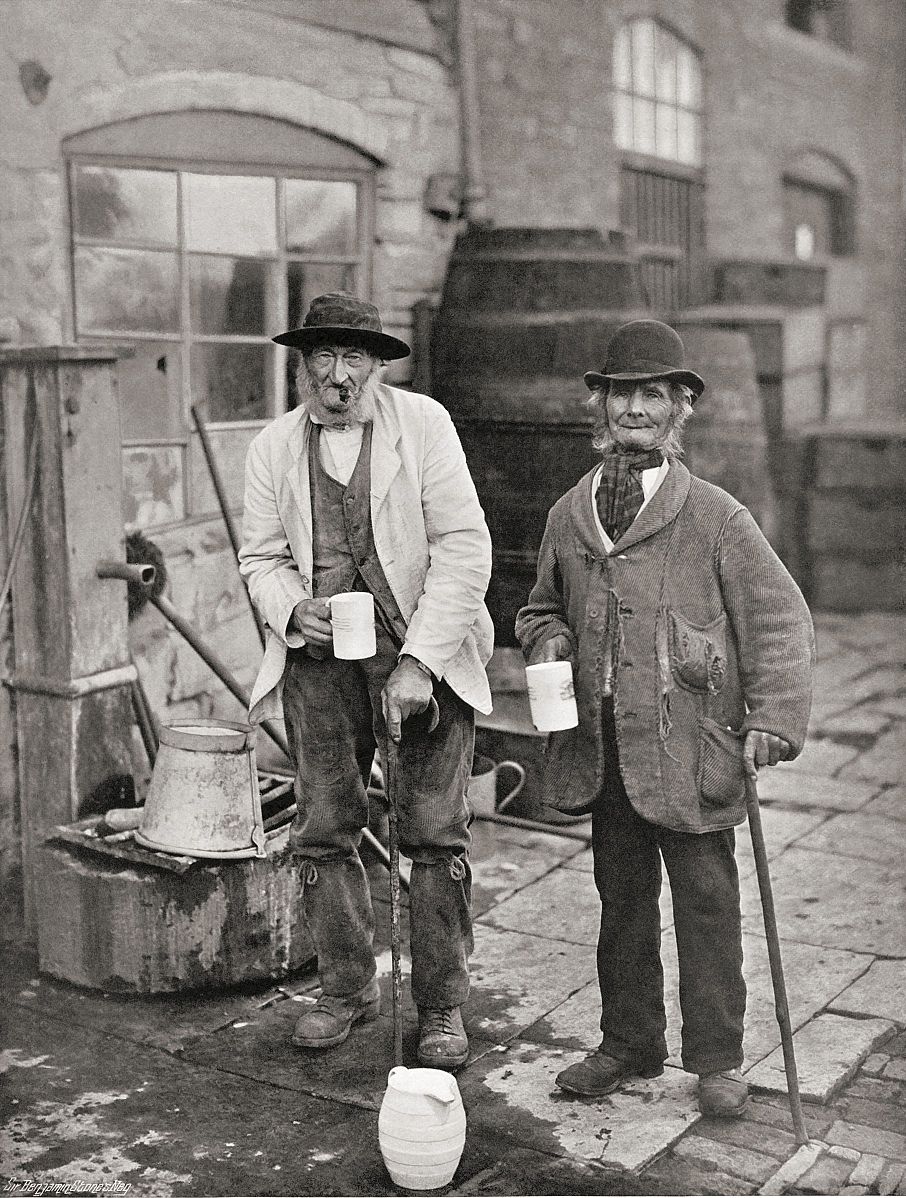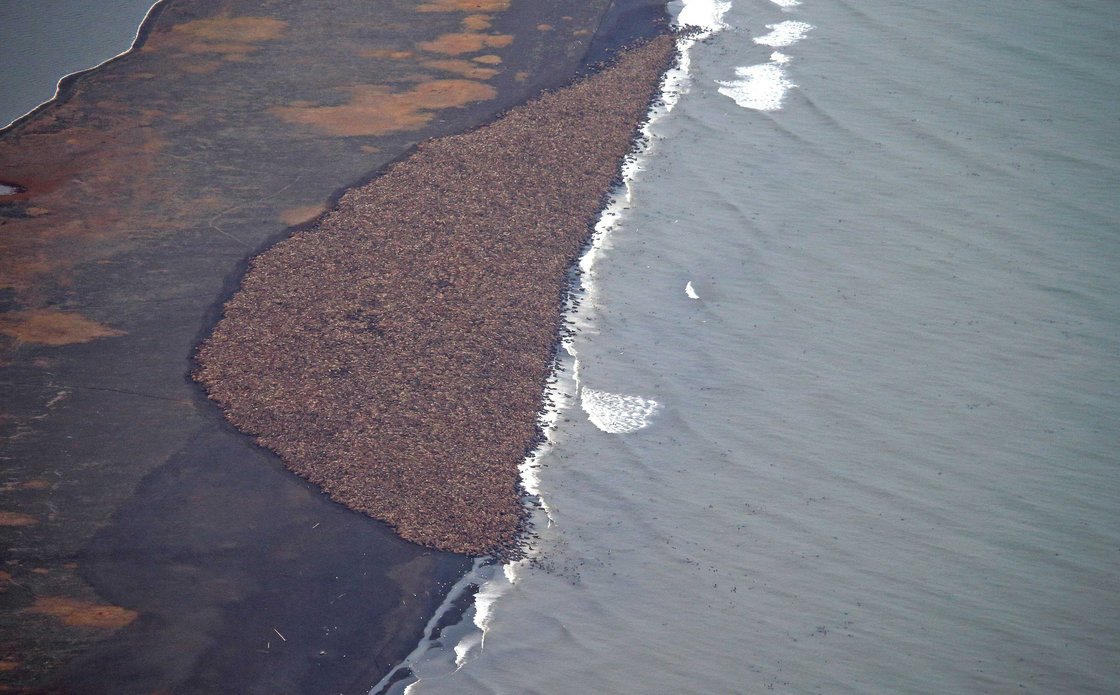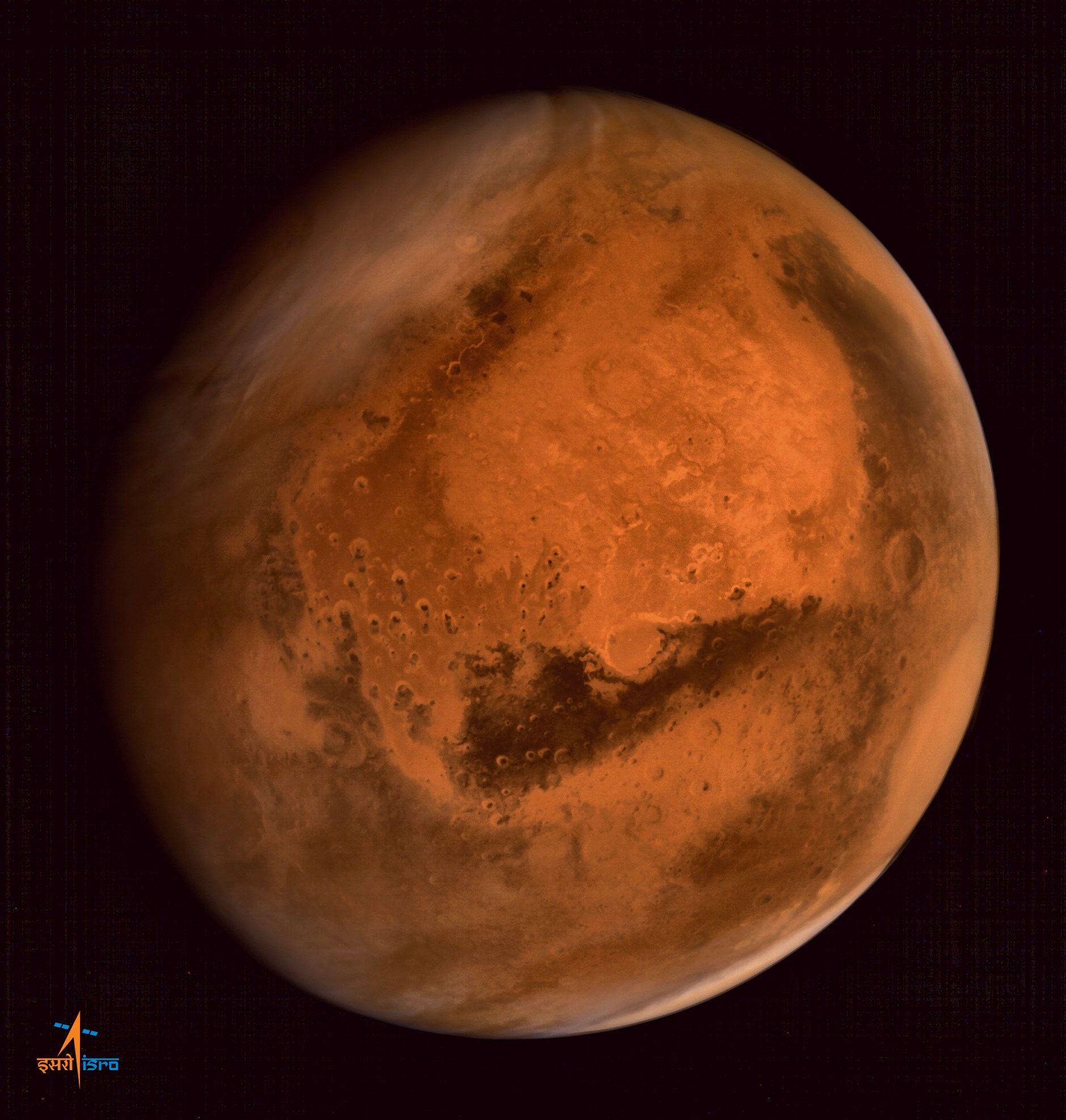
Figure 1 – portrait by Leslie Ward “Spy” of Sir John Benjamin Stone. From the Wikimediacommons and in the US public domain.
We have often discussed in this blog the way in which nineteenth century photographs offer us a rare yet highly personal glimpse of life in that century. Currently on exhibit at the Brazilian Embassy in London is a collection of photographs taken by Sir John Benjamin Stone (1838-1914) during the famous Solar Eclipse Expedition of the Royal Astronomical Society in 1893.
Stone was official photographer for that expedition. But what is the most remarkable element of Stone’s work is his extensive portrayal of peoples. The expedition brings to life the Portuguese immigrants and Brazilian people working to build an independent nation. There is something oh so appealing, for instance, in the way that Stone takes us back to a shipboard card game of over a hundred years ago. We relate completely with these young immigrants.
Stone was prolific in both his travels and this very intimate genre of work. I thought that I would share two images. The first (Figure 1) is a classic “Spy” portrait of Stone from the Vanity Fair series “Great Men of the Nineteenth Century.” While this is not itself a photograph, I think it gives a real sense of the cumbersome gear of the photographer of that time. And besides, I so love this series! It too is a time capsule gift to us. The second is a portrait by Stone of two English revelers at a country fare. You share their pleasure and amusement and wish that you could share a pint with the. “And drink, sir, is a great provoker of three things.”

Figure 2 – Sippers and Toppers by Sir John Benjamin Stone c. 1900. From the Wikimediacommons uploaded by user smalljim and in the US public domain.



